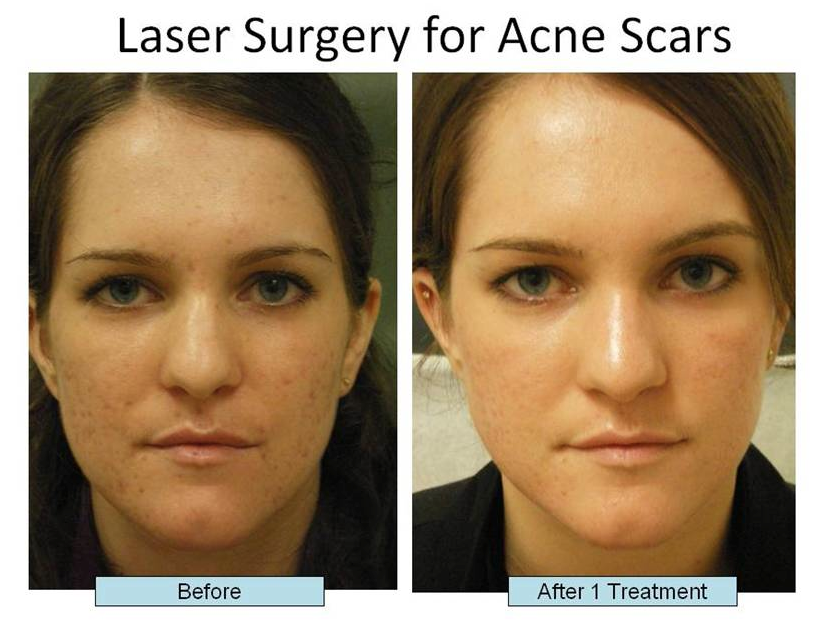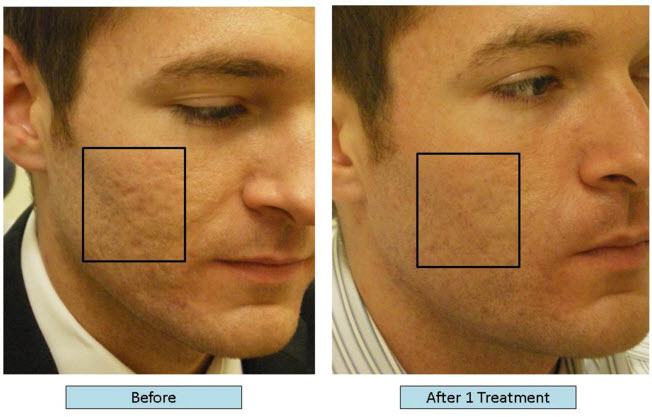Comprehending the Different Skin Disease and Efficient Treatment Choices for Acne Marks
Acne scars stand for a complex interaction of skin disease that significantly impact people' self-esteem and overall skin wellness. Comprehending the distinctive sorts of acne marks-- hypertrophic and atrophic-- together with their underlying reasons, is critical for establishing efficient therapy techniques. Different therapeutic choices exist, varying from innovative dermatological procedures to natural treatments. Nonetheless, the efficacy of these treatments usually hinges on individualized analyses by certified specialists. As we check out the landscape of acne mark monitoring, it becomes apparent that the trip towards more clear skin may include more than just topical options.
Kinds Of Acne Marks

In contrast, hypertrophic marks arise from an overflow of collagen throughout the healing process, causing elevated areas on the skin. These marks are frequently solid and can differ in shade, often appearing red or darker than the surrounding skin.
Comprehending these sorts of acne marks is essential for creating an effective treatment plan - acne scars treatment. Options might consist of chemical peels, laser treatment, microneedling, or dermal fillers, customized to the details mark kind. A thorough examination with a skin doctor can aid identify the most proper intervention, thinking about the individual's skin type, mark intensity, and general skin health
Root Causes Of Acne Scarring
Scarring happens as a result of the body's natural recovery feedback to inflammation and injury triggered by acne sores. When acne kinds, it triggers an inflammatory reaction, resulting in the launch of various cytokines and growth aspects that advertise healing. Nevertheless, this procedure can occasionally bring about extreme cells formation or insufficient repair work, resulting in marks.
The main reasons for acne scarring consist of the seriousness of the acne itself, duration of the lesions, and private skin types. Serious inflammatory acne, such as nodules and cysts, is more probable to cause scarring due to deeper cells damages. In addition, improper handling of acne lesions, such as choosing or squeezing, can intensify tissue injury and inflammation, raising the probability of scarring.
Hereditary predisposition likewise plays a considerable function; people with a family history of scarring are at a greater danger. Skin type and color can affect mark development, as darker skin tones might experience post-inflammatory hyperpigmentation, while lighter skin may develop atrophic marks.
Ultimately, recognizing these reasons is crucial in managing acne and reducing the potential for scarring.

Treatment Choices for Scarring
Reliable therapy options for acne scarring vary depending upon the type and severity of the marks. Normally categorized into atrophic, hypertrophic, and keloid marks, these conditions require tailored techniques for optimal outcomes.
For atrophic scars, which are characterized by a loss of tissue, treatments such as chemical peels, microdermabrasion, and laser treatment are commonly utilized. These techniques promote skin revival and promote collagen production, thereby enhancing skin appearance. Subcision, a minimally intrusive treatment, can likewise be efficient by separating fibrous bands under the skin.
Keloid and hypertrophic scars can be extra challenging to deal with. Alternatives consist of corticosteroid shots to reduce swelling and flatten the scars. In some cases, cryotherapy or laser therapy may be suggested to lessen their appearance.
Surgical options are available for severe scarring, where excision or skin grafting may be required. It's necessary for individuals to seek advice from with a skin doctor to examine their specific scar type and discuss one of the most suitable therapy strategy. Combining several therapies often generates the very best end results, ensuring that each patient's special skin condition is addressed properly.
Natural Home Remedy and All-natural Solutions
Natural solutions and natural remedy can give an easily accessible strategy for people looking for to enhance the appearance of acne scars (acne scars). Numerous ingredients found in the home kitchen have demonstrated possible benefits in boosting skin structure and advertising healing

Another efficient alternative is lemon juice, which functions as an all-natural exfoliant and can lighten hyperpigmentation. However, it must be made use of meticulously, as it might create photosensitivity. Oat meal masks are likewise advantageous; their mild peeling can help eliminate dead skin cells while calming irritation.
Important oils, advice such as tea tree oil and lavender oil, can even more support mark healing because of their antimicrobial homes. It is important to perform a spot test prior to using any solution to ensure there are no negative responses. These all-natural remedies can be a complementary method in the trip to lessen acne scars.
Stopping Future Scarring
Embracing a proactive technique to skincare can substantially lower the risk of developing future acne scars. Among the key strategies is to manage acne successfully as it emerges. This includes using non-comedogenic skincare items and medicines suggested by skin specialists that target acne without aggravating the skin. Regular cleaning, peeling, and hydration can aid keep skin health and protect against clogged pores.
Furthermore, avoiding the temptation to pick or press acne lesions is important, as this can lead to inflammation and succeeding scarring. Rather, people need to focus on using topical treatments that promote recovery and lower swelling. Ingredients such as salicylic acid, benzoyl peroxide, and retinoids are recognized for their efficacy in taking care of acne and reducing scars.
Sun security is an additional vital element; exposure to UV rays can restrain and dim scars healing. Making use of a broad-spectrum sun block daily can reduce these impacts.
Finally, keeping a healthy diet plan rich in anti-oxidants and staying hydrated assistances skin regrowth. By applying these safety nets, individuals can considerably lower their danger of future scarring and promote overall skin wellness.
Verdict
Finally, a detailed understanding of acne scars, including both hypertrophic and atrophic types, is necessary for reliable treatment approaches. Customized treatments, consisting of specialist therapies and home solutions, can dramatically enhance skin look and appearance. Preventive steps also play an essential duty in lessening future scarring. Examination with a skin specialist remains vital to design personalized approaches that think about private skin kinds and scar extent, eventually improving the efficacy of scar administration techniques.
Acne scars stand for an intricate interaction of skin problems that significantly impact individuals' self-confidence and total skin wellness. The 2 primary categories of acne scars are hypertrophic and atrophic marks. These scars are further classified right into 3 subtypes: ice choice marks, which are deep and slim; boxcar scars, which are larger and have well-defined edges; and rolling scars, which create a wave-like appearance due acne scars to uneven skin structure.
A thorough assessment with a skin doctor can help determine the most ideal intervention, taking into account the person's skin type, mark seriousness, and total skin health.
Assessment with a skin specialist remains crucial to develop personalized methods that see here take into consideration specific skin kinds and scar extent, eventually boosting the efficacy of scar monitoring strategies.